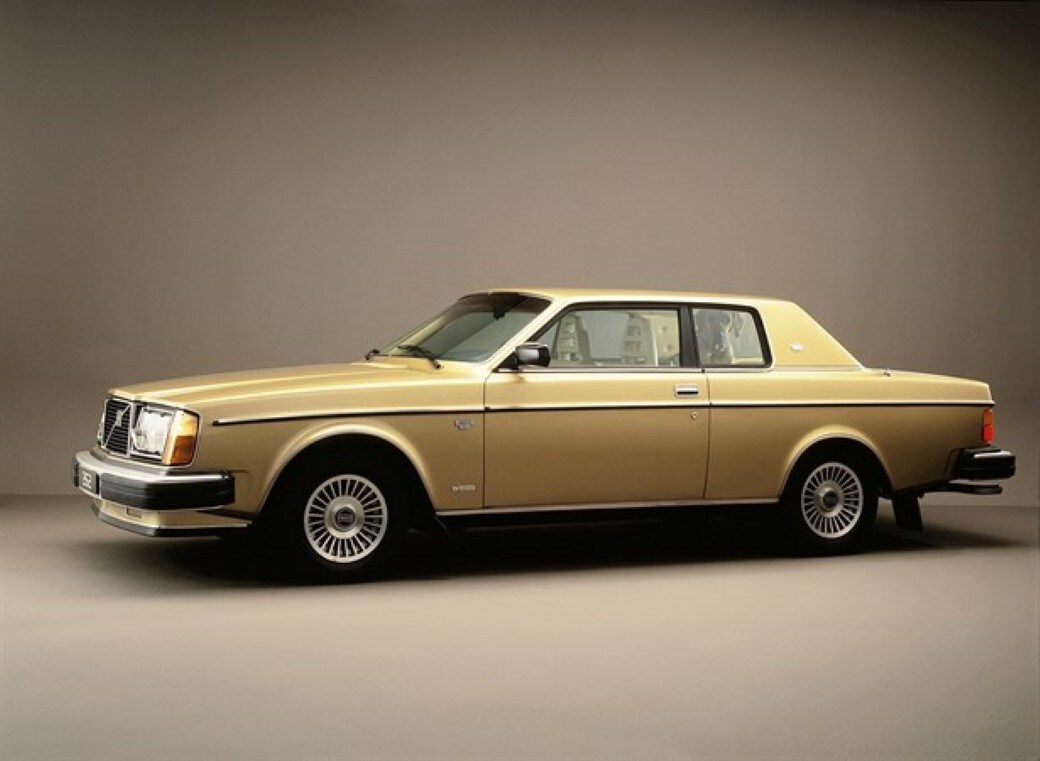
The successor to the 140 and 164 was forged in the need to advance Volvo's safety engineering and technology. By the 1970s, safety was on the top of everyone's list of needs for a new generation of automobile. Federal regulations in America dictated new front and rear collision standards by adding a bumper that was big enough to protect a vehicle up to 5MPH on impact.
Volvo went beyond the 5MPH bumper. Crumple zones were engineered on either end of the vehicle. Airbags began to appear in the steering wheel. Roof strength was improved to protect against rollovers. Even seat design was re-engineered to coordinate with self-tightening seat belts for occupant protection.
All of this was wrapped up into a single package. It would become the longest running model Volvo has ever built. It would also become the most popular Volvo has ever sold worldwide.
The 240 picked up where the 140 left off. For 1975, the 240 arrived with major changes that were both visible and otherwise. The new front and rear ends exuded safety. The larger slanted front grille was made of a breakaway plastic framed with an integrated front bumper. The rear end received larger taillights and a more integrated bumper. The interior was completely redone with a new plastic sectioned dashboard and seats with integrated headrests. The result was a more driver friendly car that had a better feel for the road, thanks to better construction methods in transitioning form the 140 to the 240.
Three body styles were offered - the 2-door 242, the 4-door 244 and the 245 wagon. The engine was updated - a 2.1 liter overhead camshaft "Red Block" four-cylinder with Bosch fuel injection. Both a manual and an automatic was offered on earlier 240 models. The first turbocharged engine in Volvo's history was offered in the 242 Turbo in 1979. Replacing the sporty GT, the Turbo offered high performance to the Volvo buyer, even without today's advances of intercoolers and turbine reliability. In 1980, Volvo offered its first diesel-engined model in North America as engines were sourced from Volkswagen. The 244 diesel sold for a few years before, a turbocharged version was transferred onto the 700 series.
The 200 series also spawned a luxury model - the 264 for 1975. Replacing the 164, the 264 received the same updates as the 240, but with a more integrated chromed grille and four headlamps - instead of two. For North American models, the 264 turned up the luxury with leather seating and luxury equipment to rival those of Mercedes-Benz and Cadillac.

A few firsts were added to the 264. The in-line six was replaced by a version of the Douvrin V6. The new engine was a collaboration between Volvo, Renault and Peugeot to make a European V6 to rival the Germans. Of note, this engine would find its way onto the DeLorean sports car. In late 1975, the 265 wagon was added to the lineup. It would be Volvo's first six-cylinder wagon ever offered. Then, came the 262C - a Bertone styled coupe with a lower roofline and the highest equipment content ever offered in a Volvo. It would also be the most expensive Volvo ever offered of its time.
As a testament to its longevity, the 240's design and built-in value remained when Volvo began to produce more modern models. The 1983 760 replaced the 264. A 740 Turbo was being offered about the same time, followed by the 740GLE. However, the 700 series commanded a higher price tag that lured luxury car buyers than mainstream Volvo traditionalists. Volvo decided that selling the 240 as a value model would keep the traditional buyers coming back to the brand.
By then, the 240 was transformed into a four-door sedan/wagon lineup. Flush-mounted headlamps and a revised rear end signified the changes for 1986. A few tweaks to the overall look would occur through its final days in 1993. For many years, the 240 would never carry a price above $20,000 - even into the 1990s. That is what Volvo had in mind by keeping the 240 around as its "value model."
With the times, change was coming. The 700 Series already moved Volvo further upmarket to meet a growing luxury market. Also, Volvo began to adopt a front-wheel drive platform originally developed by its Dutch partner DAF. For every 240 and 260 sold in this country is a legacy that bridged Volvo's past and its future by advancing safety technology and engineering further.
If you have a classic Volvo and want to keep it going for the long run, contact Volvo of Richmond below to find out about parts and service!
Contact Us Today
* Indicates a required field
 AdChoices
AdChoices